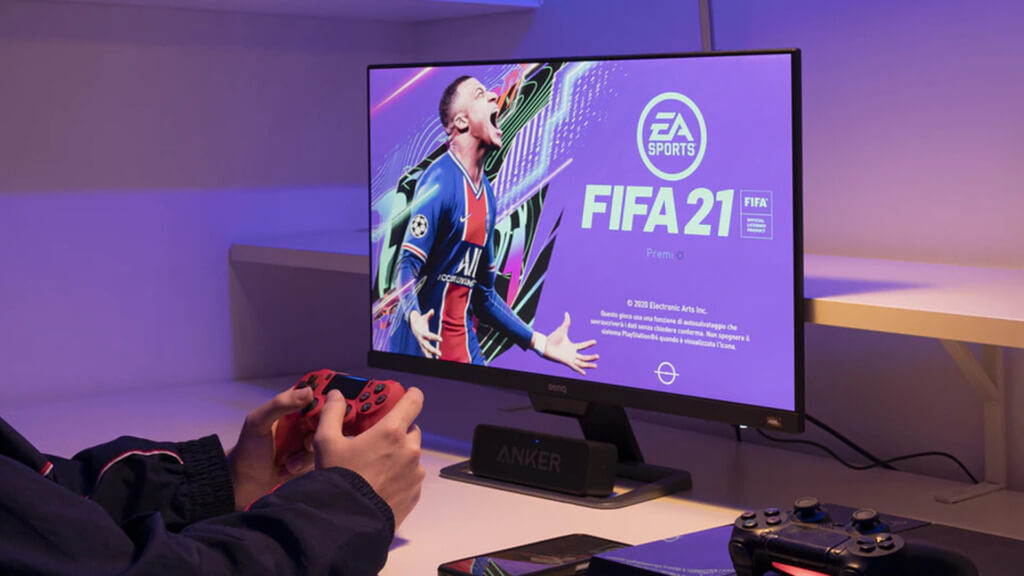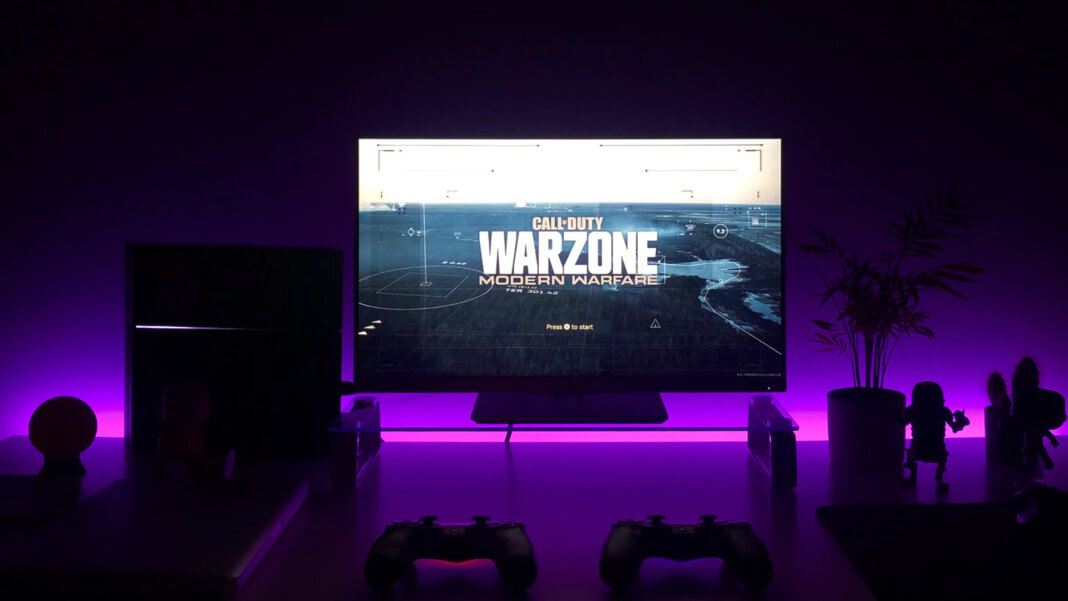High refresh rate monitors have become in demand recently, with many top gaming monitors and 4K displays. But do you need a gaming display with a fast refresh rate?
Although a high refresh rate might benefit gamers, a higher number isn’t always preferable. Screen resolution, panel type, and color accuracy may be more important depending on what you use your computer for. This article will show what a high refresh rate does, what it doesn’t do, and why it’s vital to know what to look for.
What does Hz stand for?
The unit of frequency is hertz, and 1Hz stands for one cycle per second, regardless of context. Thus, as an example, a computer processor running at 4GHz completes 4,000,000,000 instruction cycles every second. The same is true for displays, with the exception that Hz measures the refresh rate.
The refresh rate of a display is the number of times the image is refreshed per second. Because the difference between frames represents movement, the refresh rate effectively sets a hard limit on the visible framerate. However, refresh rate and framerate are not the same things. The monitor’s refresh rate is an attribute, whereas framerate is an attribute of the information being given to it. Therefore, they must agree on what will be presented on the screen.
Playing a game at 100 frames per second on a monitor that can refresh that many times per second may provide a significant benefit. However, if you’re watching a movie at the standard 24 frames per second, a higher refresh rate monitor will make no difference.
Motion resolution
You’ll notice a considerable difference in the apparent sharpness of a moving image if your computer can play a game at a fast enough framerate to match a 120Hz or 240Hz monitor. Blurring happens due to how the human brain interprets the collection of individual frames seen on a monitor. The brain combines the frames to produce a logical moving image, but some detail is lost in the process.
A faster refresh rate helps to reduce blur by providing our brains with more information to operate on, resulting in less apparent blur. Our brains, unlike computer technology, are not all built to the same specifications. Some individuals can tell the difference between a 60Hz and a 120Hz display right away, while others can’t. Even more subtle is the difference between 120Hz and 240Hz.
Again, it all depends on what you’re doing with your computer. Compared to a 60Hz panel, gamers will notice crisper graphics during rapid action and smoother mouse movement. When quickly scrolling down a page, web browsing can appear a little speedier, but you won’t notice any difference when watching online movies or responding to emails.
Screen tearing
Because refresh rates and framerates are so dissimilar, they frequently clash. When this happens, a phenomenon known as screen tearing might occur. When a computer’s video card spits out frames at a pace that exceeds the display’s refresh rate attached, this happens. As a result, half-frames are occasionally presented on the screen because more frames are produced than the monitor can process. This manifests as an evident split between two sections of the screen, none of which appears to line up perfectly with the other. It’s a vexing issue that even the least sensitive viewer will notice.

Framerates in non-taxing games can easily surpass 100 frames per second. A 60Hz display, on the other hand, only refreshes 60 times per second. This means that gamers aren’t getting the full advantage of the higher framerate’s improved responsiveness, and they may experience tearing as the display struggles to keep up with the data given to it. A 120Hz display refreshes twice as fast as a 60Hz display, allowing it to display up to 120 frames per second, while a 240Hz display can display up to 240 frames per second. In most games, this will eliminate tearing.
V-Sync, Freesync, and G-Sync are all frame synchronization methods that assist in minimizing screen tearing, but they come with their own set of downsides. V-Sync will limit the performance. Freesync and G-Sync, on the other hand, require specific graphic cards and monitor hardware combinations. These technologies are improving, but they still need certain necessary GPU and display conditions.
Refresh rate and GPUs
Syncing technologies interact with GPUs to help alleviate problems like screen tearing, but GPUs play a far more significant influence on display performance than that. You’ll also need a GPU that can keep up with your game if you want 120 to 144Hz or more outstanding performance.
There is no one-size-fits-all solution for acquiring a GPU that can generate 120 or more frames per second. However, more processing power and quicker memory are always positive indicators. The RTX 3000 series GPUs from Nvidia are good options, but they’re not the only ones.
You may also play less detailed games or reduce in-game settings to increase framerates and take advantage of a high refresh rate display.
Input lag
Input lag is affected by the refresh rate of a display. Because the length of time between one refresh and the next is 16.67 milliseconds, a 60Hz display will never have a perceptible lag below that. On the other hand, a 120Hz display cuts the time in half to 8.33ms, while a 240Hz display cuts it even more to 4.16ms.
It may not seem significant to reduce latency by less than 10ms, and it isn’t for many individuals, even gamers. However, lag may be worth reducing for ultra-competitive gaming or those who like games to feel as smooth as possible. This is another issue that some people will notice more than others.
It’s crucial to remember that the refresh rate has no bearing on input lag. When you use your mouse or type a keystroke, your computer receives and processes the information at the same speed. The refresh rate refers to how soon the result of your action appears on-screen.
Is a 120Hz or 240Hz display truly necessary?
Gamers will experience a greater advantage from moving to a high refresh rate monitor than upgrading to 4K, as both may be relatively costly and taxing on your setup. In addition, smoother, tear-free gaming with reduced input lag is possible with 120Hz or 144Hz screens. This enhanced performance is instrumental in games where quick inputs are critical to winning, such as Fortnite, Overwatch, Mortal Kombat, and other competitive fighters or shooters.
If you’re not a gamer, faster refresh rates make a negligible difference in your system’s overall performance. It will make your desktop look smoother when you’re surfing the web, but you won’t notice anything else. With picture processors that alter their input, televisions with 120Hz or 240Hz screens increase motion quality. Some can even add frames, improving the content’s framerate. On the other hand, Monitors are rarely equipped with a CPU, limiting the panel’s use while viewing video material. As a result, improved refresh rates do not ensure that “ghosting” will be eliminated.
Ultimately, the avid gamers would benefit significantly from the addition of high-refresh-rate displays to their computers. But, of course, many things will also better satisfy your non-gaming interests, even if you aren’t a dedicated gamer yourself.





